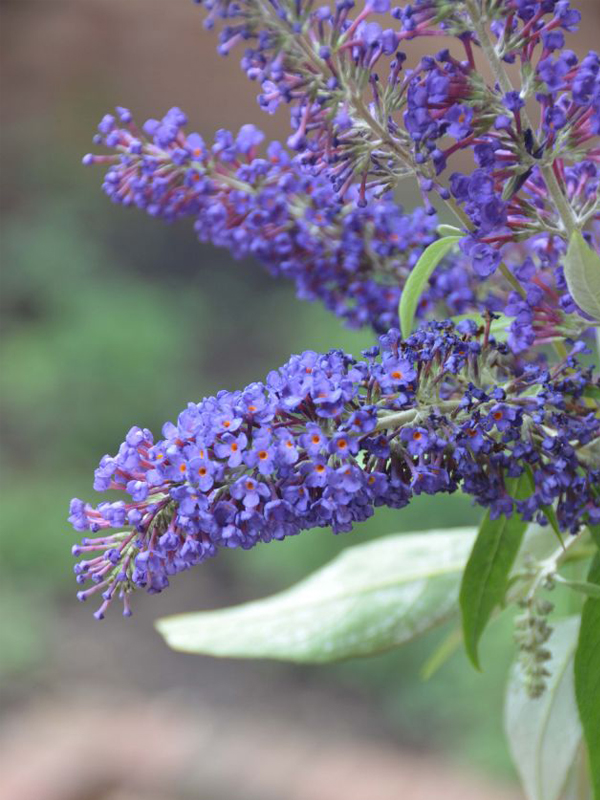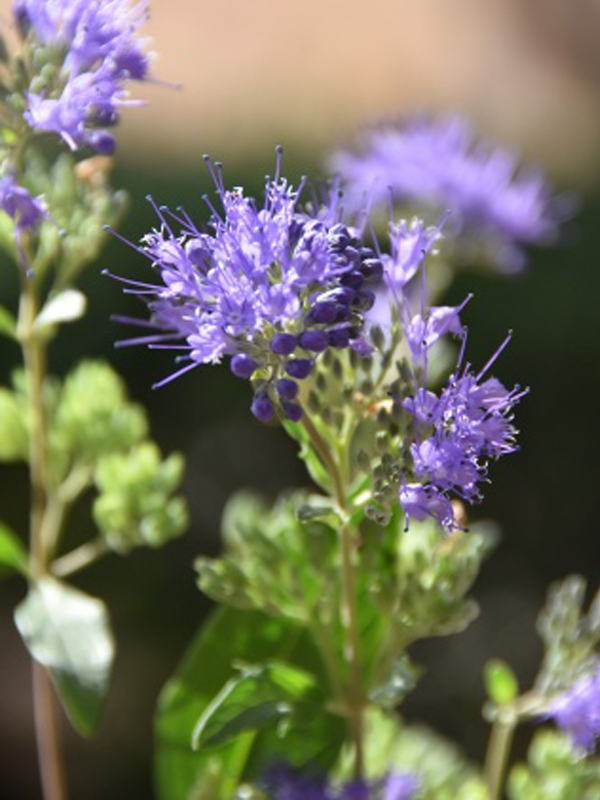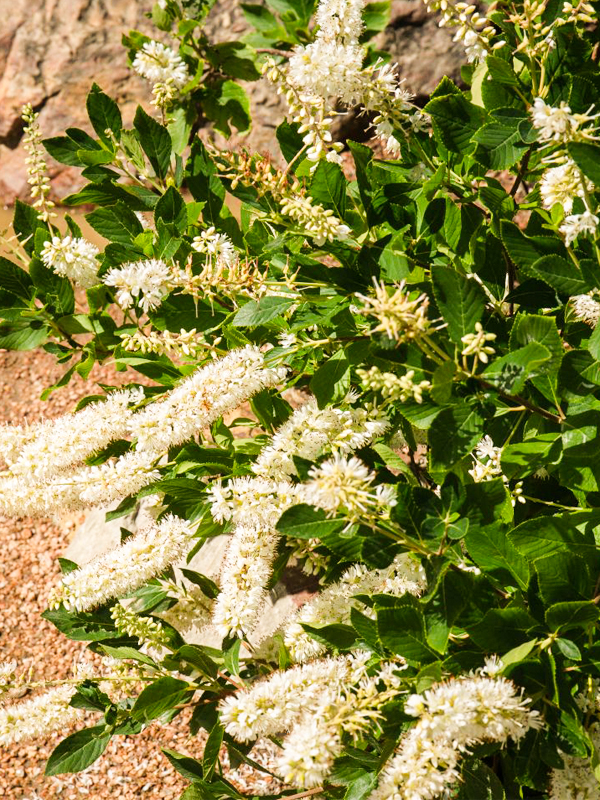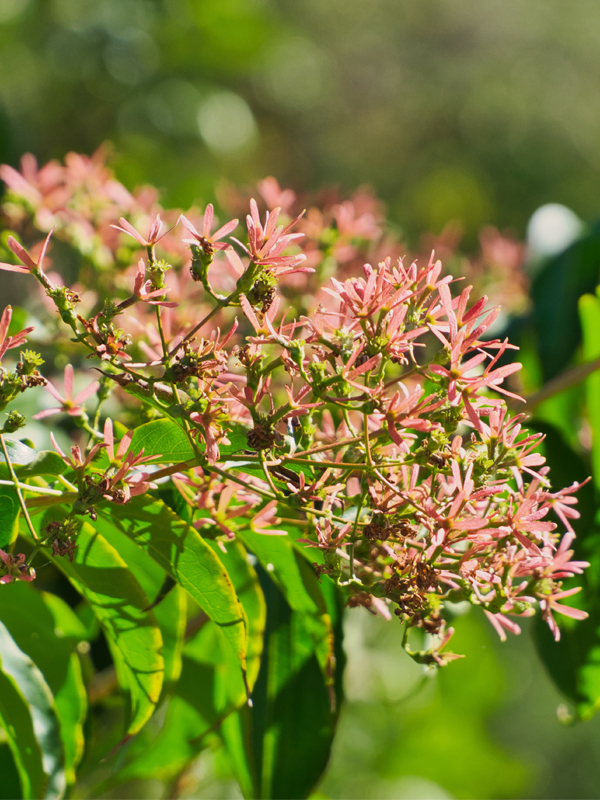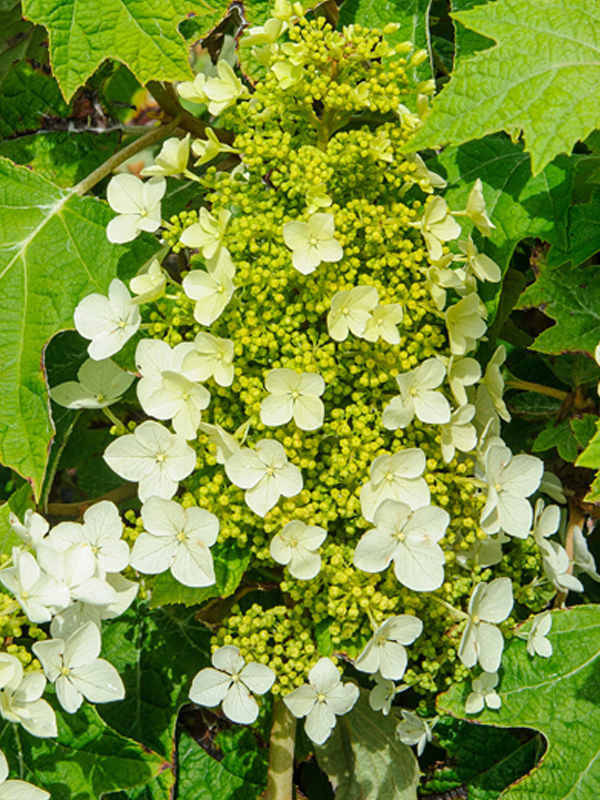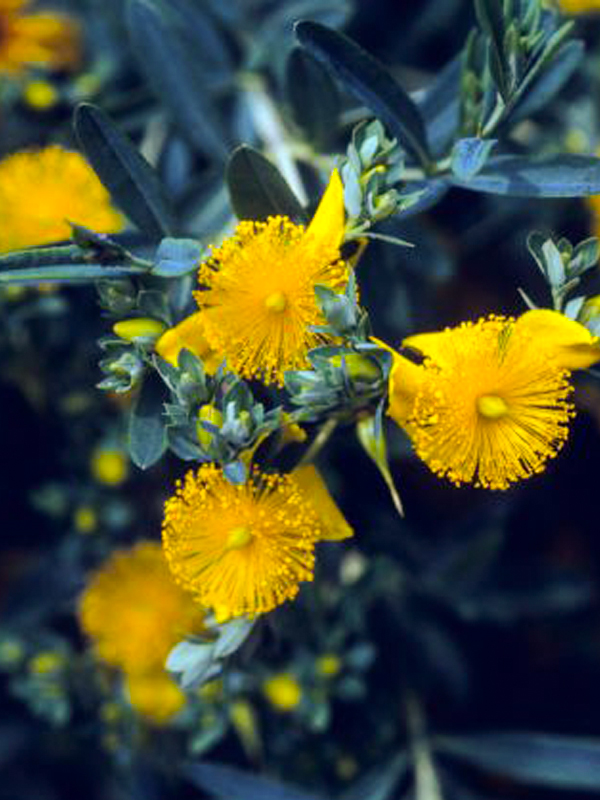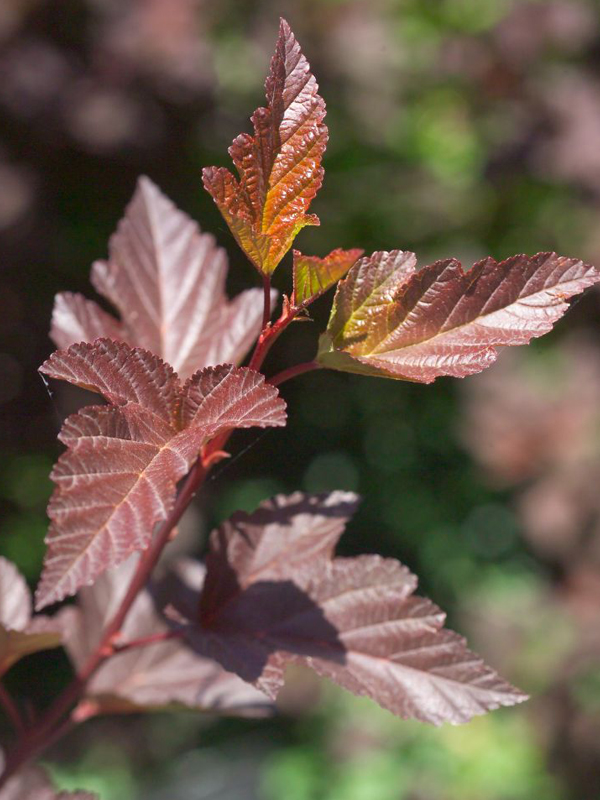

Plant Profiles
Shrubs, Summer-blooming
Years ago, in many midwestern neighborhoods it seemed that every yard had one or two of the same flowering shrubs. Regardless of what kind of garden might be hidden in the backyard, the front was sure to contain at least one old-fashioned shrub: lilac, mock orange, spirea, weigela, or honeysuckle. All would bloom by June, and then the flower show would be over. Fortunately, times have changed.
Now flowering shrubs are an integral part of four-season gardens. They provide structure in winter, lush greenery in the growing season (with perhaps an added bonus of fall color) and flowers in — not just June anymore. In Midwest gardens, flowering shrubs help balance the foundation evergreens as well as provide flower, fruit, or foliage displays throughout summer. Consider the attributes of these worthy shrubs of summer when planning your year-round garden:



